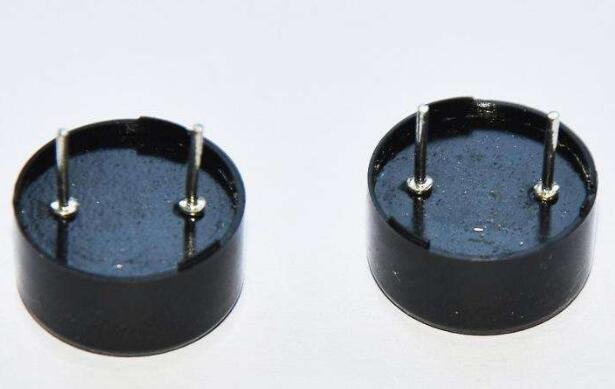Passive Buzzer
Buzzers Package Methods

Buzzer packaging is generally divided into plug-in buzzer (DIP) and patch buzzer (SMD); plug-in buzzer is generally packaged in blister box, foam box, inner box, bag, etc. ; The patch buzzer is generally packaged with tape.
Safe use of passive buzzer
As we all know, a passive buzzer is an electronic buzzer, which appears in many electrical appliances. They can convert electrical warning signals into electroacoustics that human ears can perceive, and they have obvious effects in many industries. Based on the important role of this component, how to use passive buzzer more safely is what we need to consider next.
Note 1: Cannot be used as a rock radio;
Reason one, because there is an oscillation circuit inside the buzzer, it will drive a miniature horn inside to buzz when the power is turned on. For this kind with an oscillator, it cannot be used.
Reason two, buzzers are generally divided into two types, one is built-in oscillator, and the other requires an external oscillator, which is an ordinary micro-speaker. For the kind without an oscillator, it cannot be used, because its resistance is generally about 32 ohms, and there are 8 ohms or 16 ohms. These are low impedance, so they cannot be used.
Note 2: Pay attention to whether the buzzer is waterproof
Because not all buzzers are waterproof, for non-waterproof buzzers, when water enters, the product parts will rust, short circuit, and vibration will be blocked. Therefore, these buzzers should be avoided where they may come into contact with water.
Note 3: The buzzer needs to be used in a temperature environment within the marked working temperature;
If the passive buzzer is used in a temperature environment other than the marked operating temperature, the performance of the piezoelectric sheet and the housing will change, and the sound will be very small. Therefore, this point also needs attention.

How to use buzzers
Active passive buzzer
Many users focus on comparing the price when purchasing the buzzer, and ignore the electrical performance parameters of the buzzer, which may easily cause the buzzer and the pcb board drive circuit to be mismatched, causing various quality problems. The matching of the buzzer and the PCB circuit is the long service life of the buzzer. In addition, the following matters need to be paid attention to during use:
1. Too high welding temperature can easily cause deformation of the buzzer shell, loose pins, and cause no sound or low noise;
2. The start voltage of the buzzer is too low or too large, and it is easy to have a low or rustling sound during use;
3. The buzzer has a low sound after being stored for a period of time, and it becomes normal after a period of use. This situation may be that the buzzer is affected by a humid environment, and you need to pay attention to moisture.
4. When the buzzer is working on the pcb board, there will be a change of tone or no sound, and there is no problem when it is removed from the unit test. This situation may be caused by the buzzer being interfered by the magnetic field.
